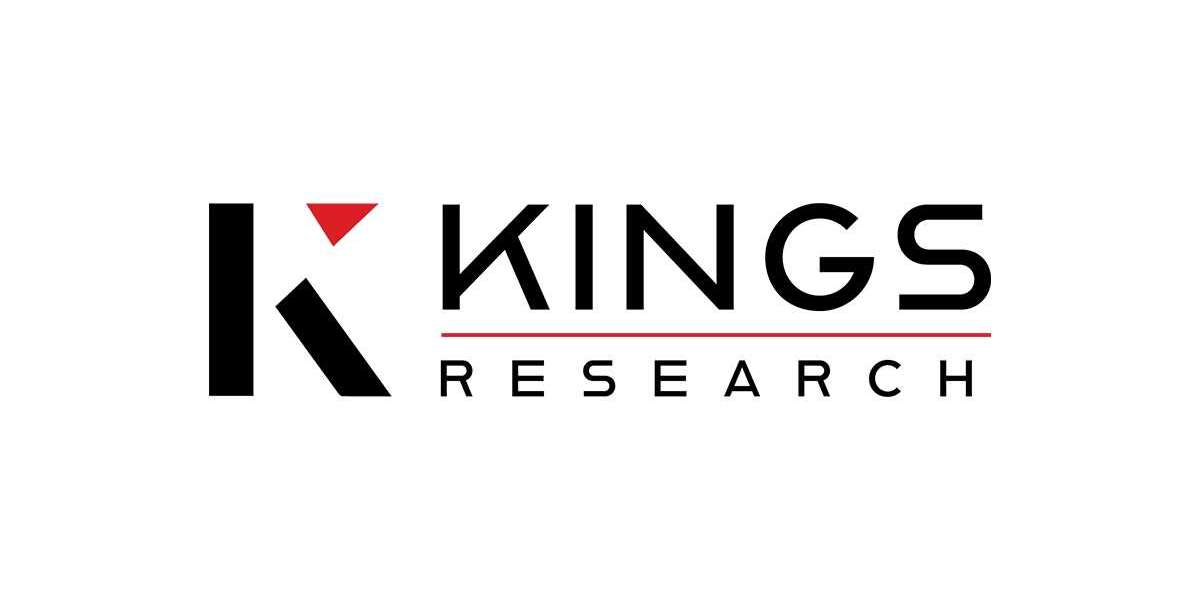In the digital era, school management software (SMS) has become a critical tool for educational institutions, helping streamline operations, enhance communication, and improve overall efficiency. This comprehensive guide explores what school management software is, its key features, benefits, and how to select the right solution for your institution.
What is School Management Software?
School Management Software is an integrated digital platform designed to automate and manage the daily administrative and academic activities of educational institutions. It centralizes various functions such as attendance tracking, grade management, timetable scheduling, and communication into a single, unified system.
Key Features of School Management Software
Student Information Management:
- Maintain comprehensive records of students, including personal details, academic history, attendance, and behavior reports.
Attendance Tracking:
- Automate attendance marking and generate detailed reports to monitor and analyze student attendance patterns.
Grade and Exam Management:
- Facilitate grading, report card generation, and exam scheduling. Support online exams with instant result computation.
Timetable and Scheduling:
- Create and manage class schedules efficiently, ensuring optimal resource utilization and avoiding conflicts.
Fee Management:
- Automate fee collection, track payments, generate receipts, and manage financial records seamlessly.
Communication Tools:
- Enhance communication between teachers, students, and parents through emails, SMS, and in-app notifications.
Library Management:
- Manage library resources, including book issuance, returns, and inventory tracking.
Transportation Management:
- Track school buses, manage routes, and ensure student safety during transportation.
HR and Payroll Management:
- Handle staff recruitment, attendance, payroll processing, and performance evaluations efficiently.
Parental Access:
- Provide parents with real-time access to their child’s academic progress, attendance, and other important information.
Benefits of School Management Software
Increased Efficiency:
- Automate routine administrative tasks, freeing up staff time for more critical activities.
Enhanced Communication:
- Ensure smooth and efficient communication among teachers, students, and parents.
Accurate Data Management:
- Minimize errors in data entry and ensure precise record-keeping.
Accessibility:
- Cloud-based systems allow access to information from any location at any time, offering flexibility for administrators and educators.
Optimal Resource Utilization:
- Efficiently manage resources such as classrooms, staff, and transportation, reducing waste and maximizing usage.
Parental Involvement:
- Increase parental engagement by providing them with immediate access to their child’s academic and behavioral information.
Financial Management:
- Simplify fee collection and financial management, enhancing transparency and reducing errors.
Improved Security:
- Protect sensitive student and staff information with advanced security features like encryption and access controls.
How to Choose the Right School Management Software
Assess Your Needs:
- Identify the specific needs of your institution and prioritize the most essential features.
User-Friendly Interface:
- Ensure the software has an intuitive interface that is easy for both administrators and users to navigate.
Customization and Scalability:
- Choose a system that can be customized to meet your institution’s unique requirements and can scale as your school grows.
Integration Capabilities:
- Verify that the software can integrate with your existing systems and third-party applications for seamless functionality.
Security and Data Privacy:
- Confirm that the software offers robust security measures to protect sensitive data.
Vendor Support and Training:
- Select a vendor that provides comprehensive support and training to help your staff utilize the software effectively.
Cost Considerations:
- Evaluate the total cost of ownership, including setup, training, and ongoing maintenance, to ensure it fits within your budget.
Reviews and Recommendations:
- Research reviews and recommendations from other educational institutions to gauge the software’s reliability and effectiveness.
Conclusion
School Management Software is an essential tool that can significantly enhance the operational efficiency of educational institutions. By automating administrative tasks, facilitating communication, and providing actionable insights, SMS enables schools to focus more on delivering quality education. When selecting school management software, it’s crucial to assess your institution’s needs, the features offered, and the system’s scalability and integration capabilities. With the right software, schools can streamline operations, improve stakeholder engagement, and ultimately provide a better educational experience for students.








